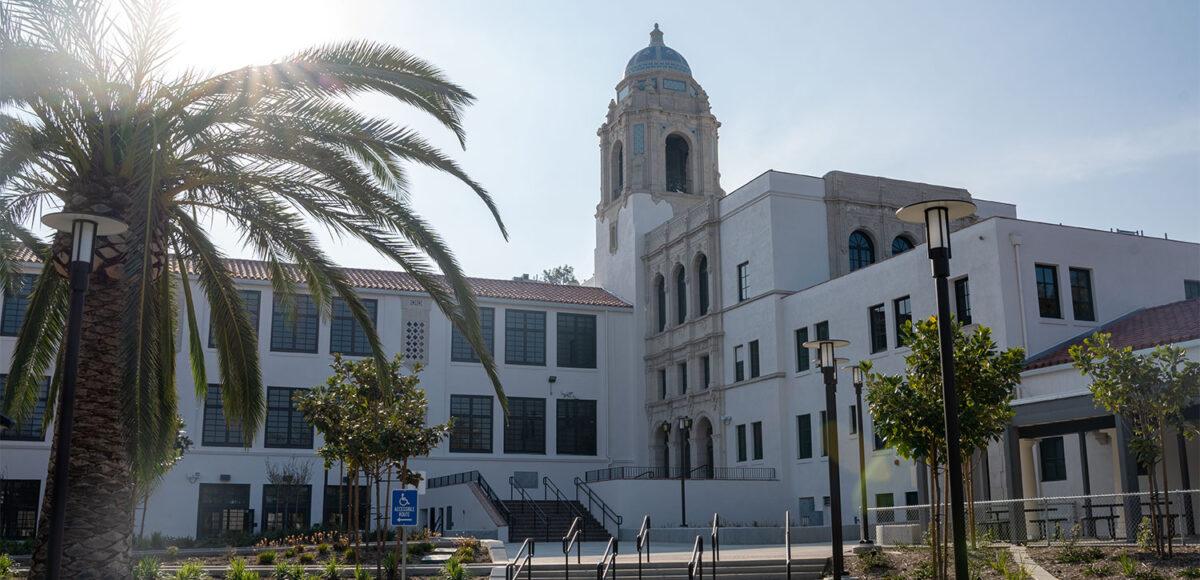The Beverly Hills Unified School District (BHUSD) Board of Education meeting on May 21 included a spirited discussion about the use of iPads in classrooms. That topic in turn led to a debate about increased classroom sizes at El Rodeo Elementary School this fall. Members of the community argued that the portion of the budget the board set aside for iPads could have gone to hiring additional faculty so that classrooms could remain at the same size as other campuses such as Hawthorne Elementary and Horace Mann Elementary. Despite hearing the concerns, the board approved the motion to purchase iPads to assist with elementary level classes at El Rodeo and Horace Mann.
The approval of 100 new iPads came after El Rodeo’s new principal, Sarah Kaber, explained the benefits of using them in science classrooms and special education. Most of the devices are used in Maker Space, which is a hands-on science class for all age groups. Within this class, iPads assist students in computer science and 3D printing. A large portion of them are also used for students with an individualized education program, to teach lessons digitally, where each student would otherwise be unable to have a teacher’s undivided attention. Kaber also spoke about the benefits of using iPads as early as transitional kindergarten (TK) to show students how to move their mouths to pronounce certain words. The use of these devices would be extremely limited in TK.
The motion to purchase the devices passed in a 3-1 vote, despite a heated discussion about the negative effects of screen time at an early age. During public comment, the board heard from Dr. Jane Tavyev Asher, director of the division of child neurology and neurodevelopmental disabilities at Cedars-Sinai. She cited research that indicates that using iPads to learn to read and write puts young pupils at a disadvantage.
She also brought up a 2019 study that found that every 30 minutes of classroom screen time resulted in a drop in standardized test scores, pointing out that she fails to see a positive impact of iPad use in TK through second grade. “I haven’t seen any evidence that specifically and especially in this young age group, that there is a good element in the screen exposure,” she said.
The discussion about iPad usage transitioned into a different argument as parents voiced their concerns about another fiscal issue. When El Rodeo reopens this fall, some students will move from other schools to the new campus. But while fourth-grade classroom sizes averaged 21 students at other schools, those at El Rodeo are expected to average 29, increasing classroom size by 38%. This is because El Rodeo will have three fourth-grade classes instead of four. Parents addressed the board, suggesting that the money being put into iPads could be put into hiring additional teachers instead.
Michael Bastan, a BHUSD parent, spoke over Zoom. He pointed out that the maximum classroom size in California is 29.9 students. This means that El Rodeo would be less than one student away from the state maximum. “Is this what the best for our kids looks like?” he asked. He then suggested that BHUSD should hire one more teacher and, if there is not enough money in the budget, he promised that the community would help fund it. “I promise, whether it’s through the PTA, BHEF [Beverly Hills Education Fund] or even a community campaign, we parents will raise the money needed,” he said. “[My wife] and I pledge to donate more than what our portion would be for the cost of that one additional teacher.” He also recommended putting the $60,000 going toward the iPads into hiring a new teacher instead.
Molly Rabbanian, a mother of two, was concerned about her incoming kindergartener and fourth grader, who will be moving from Hawthorne to El Rodeo in the fall. “This change to our students is not only a disservice to children, but also a disservice to our teachers,” she said. “And it’s disrespectful to expect one teacher to actually teach, guide and educate and properly discipline 29 students that are known to already have behavioral difficulties.”
The board addressed concerns by explaining that the iPad budget has already been set aside and is not to blame for class size. They also reassured parents that the devices are used minimally in younger grades, and are used to enhance the regular curriculum, not change it.







